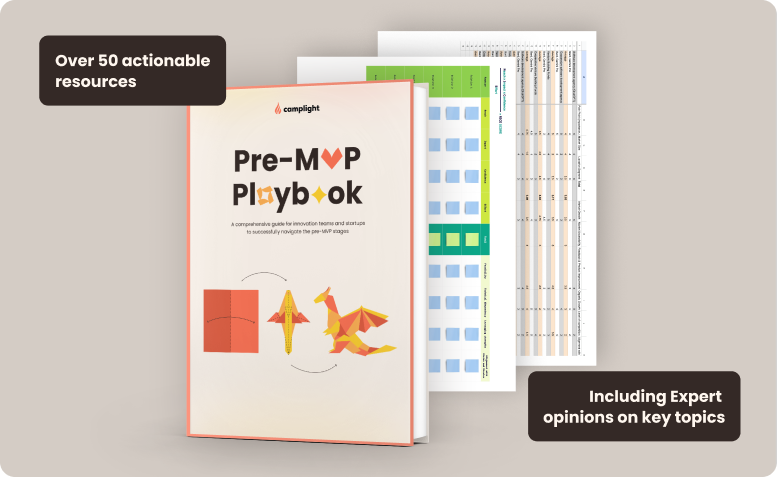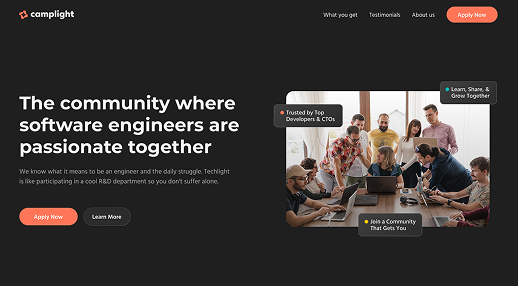Do you have a brilliant idea? Hold up on hiring developers just yet!
The graveyard of startups is filled with amazing ideas that fizzled out, not because they weren’t good, but because they weren’t tested early enough.
Testing your concept nowadays doesn’t require you to write a single line of code, or even hire someone to do it. In this post, we’ll explore three actionable ways to validate your idea, saving you time, money, and stress before investing in development.
Let’s dive into how you can turn your idea into reality without developers, using simple, effective tools and techniques that are available to anyone.
1. Start with Pretotyping
What is Pretotyping?
If you’re following our blog, you’d know that we are fans of Alberto Savoia’s idea of pretotyping. We briefly mentioned it in our article on failing fast.
However, let’s dive a bit deeper today. In the simplest terms, pretotyping is about testing the concept of your idea rather than the execution of it. Unlike traditional prototyping, which often involves creating a functional (but incomplete) version of your product, pretotyping focuses on whether the idea itself is something people want. A common way to do this kind of testing is to create a simple landing page, where you add a “pre-order” button. The more clicks you get, the bigger the interest and vice versa.
Alberto Savoia, the forementioned pioneer of pretotyping, sums it up perfectly: “Make sure you are building the right it before you build it right.” In other words, before you spend time designing, developing, or even coding your product, you should first check if there’s actual demand for it. If there isn’t, you can pivot or scrap the idea early on, saving yourself from costly mistakes.
It is mere common sense, isn’t it?
By validating the market need first, you ensure that you’re focusing on a product people want—not just a product that you think is great. That’s why we like saying “Don’t fall in love with your idea”. When you’re too attached to it, you might oversee some blind spots in the concept. Pretotyoing helps you stay objective.
How Pretotyping Works?
Once we’ve briefly explain the essence of the idea, let’s see how you can put it into practice. There are several ways to implement pretotyping. Here are a couple of methods that founders use to test their ideas without fully building them:
The Concierge MVP: The meaning of this approach is right there in the name. By acting as the “concierge,” you can directly engage with customers, understand their needs, and refine your solution before writing a single line of code. It’s a way of testing your concept in the real world. That’s how you endure there’s demand before investing in development.
It’s perfect when your idea involves a service or a process that you think could be streamlined by an app or software in the future.
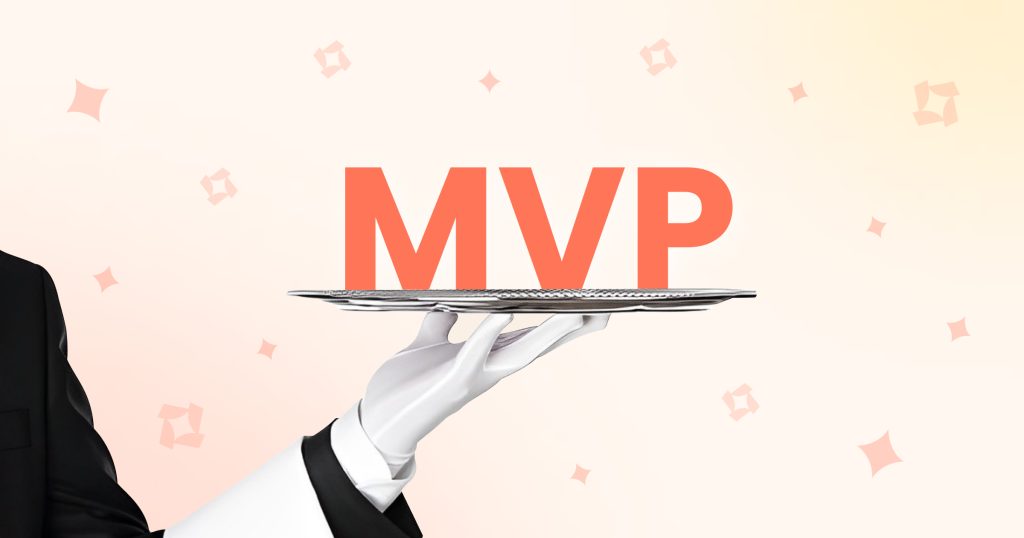
The Fake Door Test: The fake door test is another efficient way to validate a product idea before investing in development.
We briefly mentioned the concept above – you create a simple landing page describing the product and gauge interest by asking users to sign up or preorder. However, when they try to buy or sign up, they see a message saying the product is still in development. This way, you can measure genuine interest without building anything.
The good news is that you can implement the fake door test in different ways. It can be built directly into an app as a “coming soon” feature, where users can click but can’t yet access the functionality. You can also test interest through targeted messaging, like sending out emails or ads that promote the product and track user responses.
In short, you have various options to test demand before hiring developers.
2. Leverage AI for Rapid Testing
At first glance, the phrase “AI tools can democratize product development” may sound weird. After giving it a second thought though, it makes perfect sense. Technical barriers are removed, and the tech world gates are opened for non-developers.
Now you can run real-world tests, gather data, and validate ideas fast – all that without being a developer yourself, and without hiring one either.
But there’s more—AI tools also allow for rapid iteration. You can tweak your product’s workflow, messaging, or features based on user feedback, without waiting for long development cycles or writing complex code.
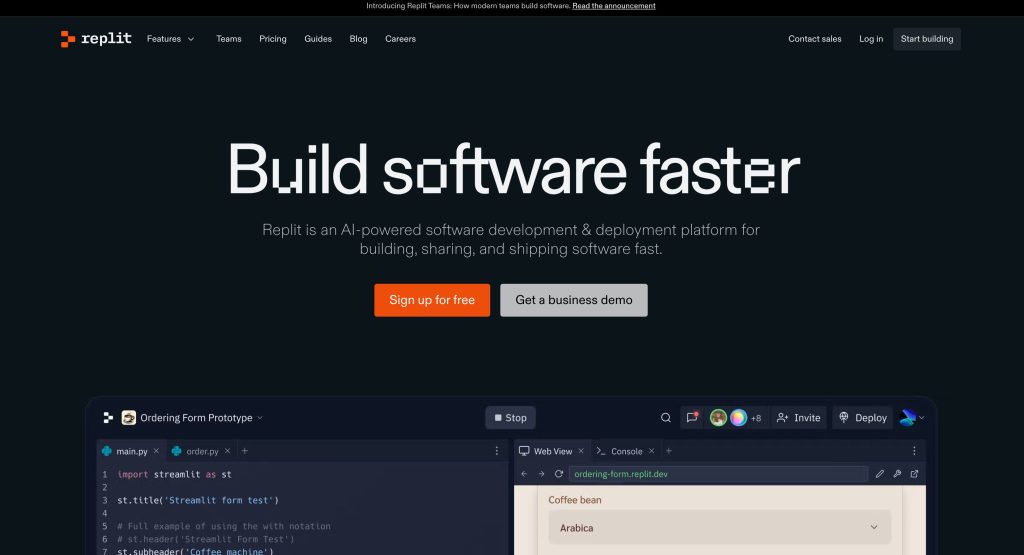
0 coding experience should not stop you from architecting your project. Let’s take a look at Replit. This cloud workspace democratizes coding in a matter of seconds. Users get the unique chance to use natural language and turn it into code. The magic happens through conversations. You start a chat, type in what you need, and deploy with a click. The whole potential of the app is demonstrated in this video.
Still not convinced that you can make it without the help of a developer along your side?
Then let’s share with you another powerful AI tool you can leverage – Bolt.new. This platform allows you to quickly turn your idea into a functional prototype. How? Directly from the browser – you can prompt, run, edit, and deploy applications with ease. Creating basic apps doesn’t require coding skills anymore. The best part? You can sync it in real time with Figma.
And that’s what makes AI such a game-changer—it empowers you to focus on the idea and market demand, leaving the technical details for later. With this approach, you can go from idea to validation in just days or weeks, not months. Who wouldn’t want that in a world where time is everything?
3. Lead with Founder-Led Validation
Founder-led testing taps into the power of personal branding and building in public. We have tried both and can say with certainty that they allow us to gather feedback, validate the idea, and engage potential users at the very start of the product journey.
That’s how we built Aibo, motivated to help users manage their tasks. Read more about our adventure here.
Quietly developing your idea behind the scenes has its perks of course. But let’s remember the saying “Two heads are better than one”. The reason why we like sharing every step of the process is that we value the opinions of our potential clients and partners, and we believe that there’s always something to learn from their experience. After all, the best ideas are shaped by collaboration, not isolation.
Whenever we talk about pretotyping and building in public, we have to share the success story of Team-GPT. It is possible to go from idea to MVP in 7 days. And it is possible to get above 24k active users in less than 9 months. The key? Pretotyping, strategic partnerships, and building in public.
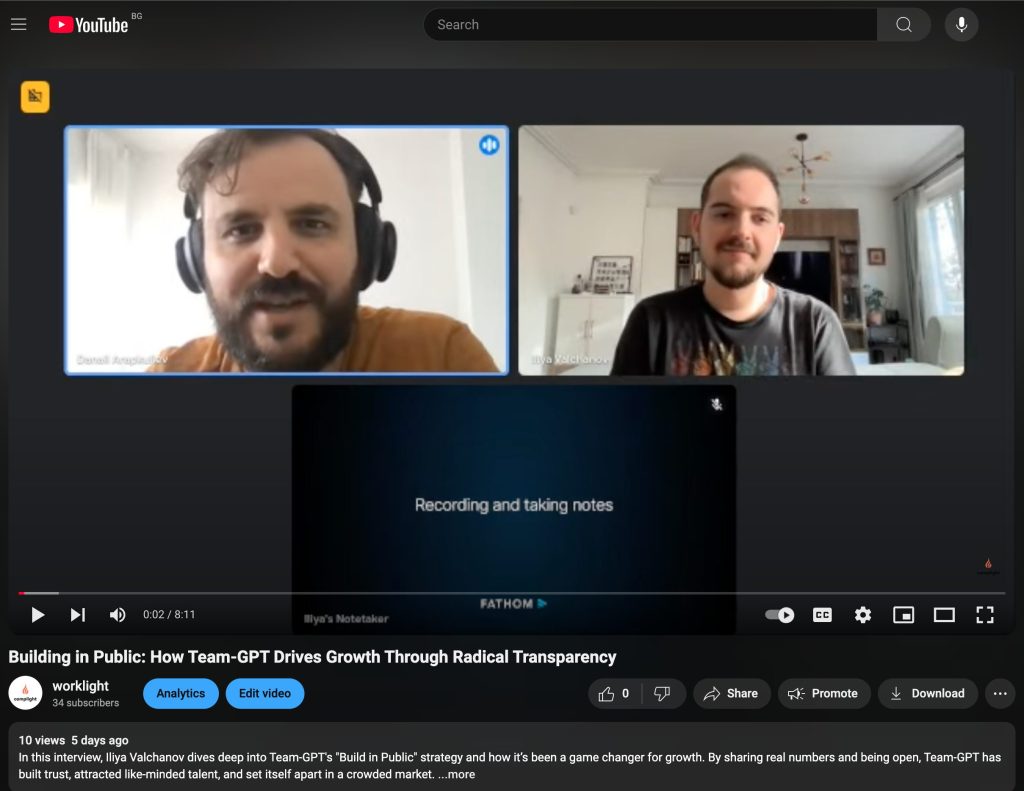
https://www.youtube.com/watch?v=Tu-qxNvdEKo
Communicating your value to the world is of vital importance nowadays. It opens doors to manifold opportunities. And here’s where personal branding steps in. We strive to develop our LinkedIn profiles and turn them into living reflections of our venture building journey.
This is why sometimes we take things a step further by conducting in-depth interviews with industry experts, which give our followers a behind-the-scenes look at what we do and how we approach problem-solving. Check our chat with Tsvetan Tsvetanov on software engineering efficiency.
Let’s wrap it up
In the end, no matter which approach you decide to choose, the key is to test early and often. The good news is that you can do it yourself, without hiring developers.
Once you know your idea resonates with real users, you can jump into full-scale development. Our advice? Start small, stay flexible, and let feedback guide your way forward. Your future product and your users will thank you for it.
Do you have any questions? Contact us right away! True innovation thrives on collaboration, let’s collaborate!

